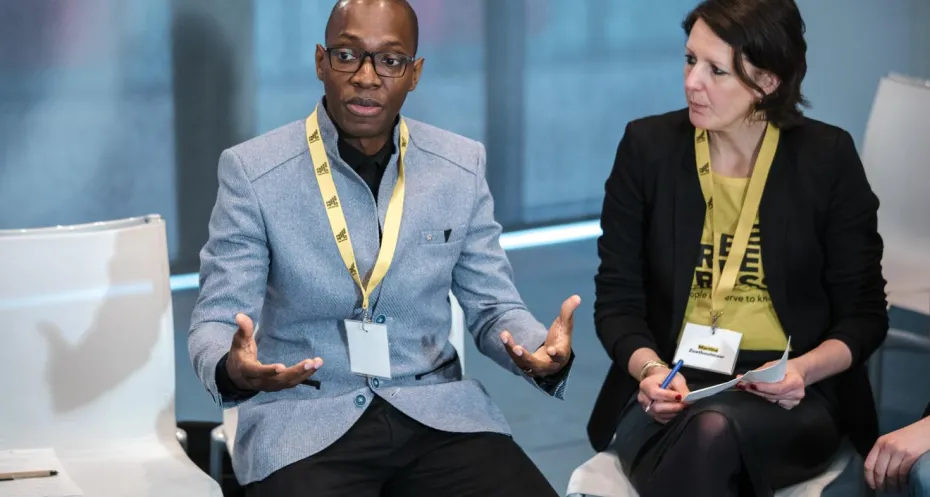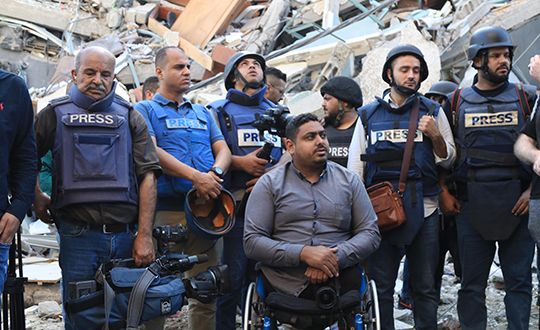Insiders’ perspective: debunking fake news in Mali

To counteract fake news is an important part of journalism. The task of journalists to guide people through disinformation and misinformation is more important than ever. In the campaign #StickToTheFacts we highlight the importance of sticking to the facts and searching for reliable information. In this article, Tidiani Togola, CEO of partner organisation Tuwindi, shares how they deal with the fast circulation of fake news in Mali.
Tuwindi is a Malinese media development organisation that aims to use information and communication technologies to support social and economic development. Tuwindi works in the areas of governance, citizenship, human rights and democracy. One of the organisation’s focus points is to counteract fake news. Now they have launched an app to stop the spread of fake news, which became even more important since the arrival of Covid-19.
Tidiani Togola, CEO and founder of Tuwindi, gives us an inside look into their approach towards debunking fake news.
“Due to low literacy, little trust in the government and a young population sensitive to sensational news, Mali is a fertile breeding ground for fake news. Tuwindi has been addressing this issue since its foundation, but the Covid-19 crisis has accelerated our efforts. This resulted in the launch of ‘Wuya’, an app to verify and debunk fake news.
Wuya is an interactive platform where people can see what news is fake and what not, and can submit news themselves to have it checked. Examples of stories the Wuya app has debunked so far: news claiming that black people are more resistant to the virus than white people, that face masks can cause a lack of oxygen, and that there is a traditional medicine that can cure you.
With the spread of the virus we saw misinformation and fact getting mixed up, making it increasingly complex to deliver reliable news. Young people are key players in the spread of fake news; they will share something even if they don’t believe it. The feeling in our whole team was that we had no more time to waste. We really believe people need to be well informed, especially now.
Our fact checking team consists of 25 journalists trained to detect fake news and have the technical skills to verify whether or not a picture or video is real. To check the news, we work with trustworthy media partners and we are in contact with medical specialists. We don’t regard the government as a reliable source. Of the 296 pieces of news that we have verified since the launch of the app, 72% has been labeled as false.”
Photo: Tomas Princ
